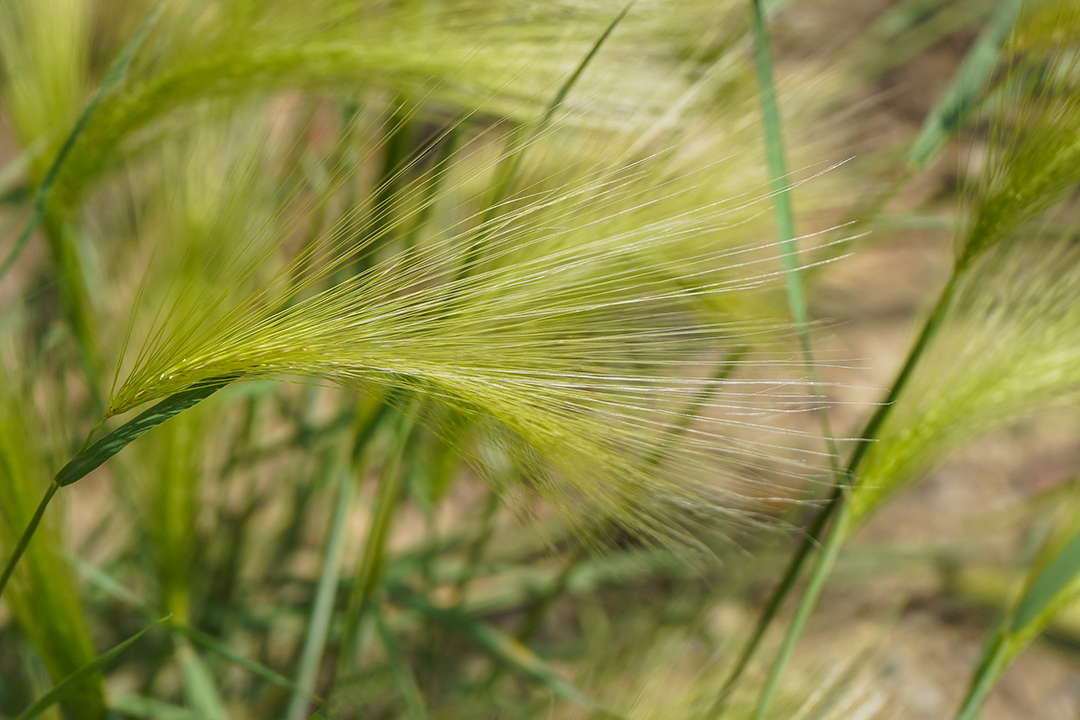
Pets find a foe in foxtail grasses
An overgrowth of foxtail grasses can cause problems for pet owners during the summer months.
By Jeanette NeufeldFoxtail barley (foxtail) is a type of perennial grass native to the Prairies. It grows across Canada and typically matures in July.
Animals, especially dogs and horses, are prone to eating the spiky grass, which can cause respiratory problems or more serious issues.
The grasses have spiky barbs that tend to get stuck in fur. Pets can ingest these barbs when licking their skin or if they eat the grass.
“They get caught in their throat traditionally, but they can also be [found in the] nose, eyes or skin,” says Dr. Jennifer Loewen, emergency and critical care specialist at the Western College of Veterinary Medicine (WCVM). “There are definitely reports of the grasses going to the heart or elsewhere in the body.”
If owners see the barbs stuck on their pets’ coats, Loewen recommends trying to remove them using gentle traction.
“If they notice the pet is retching, gagging or hard swallowing, it’s a good idea to have them seen by a vet,” says Loewen. During the exam, the pet may need to be sedated so the veterinarian can examine the back of the throat and in the tonsils.
To avoid these painful injuries, Loewen recommends that pet owners keep an eye out for the distinctive grasses before letting pets off leash.
The City of Saskatoon has some additional tips on how pet owners can prevent injuries caused by foxtail grasses:
- brushing your dog after being outdoors
- keeping your dog on a leash
- checking their ears and paws daily
- using a netted muzzle or field guard
